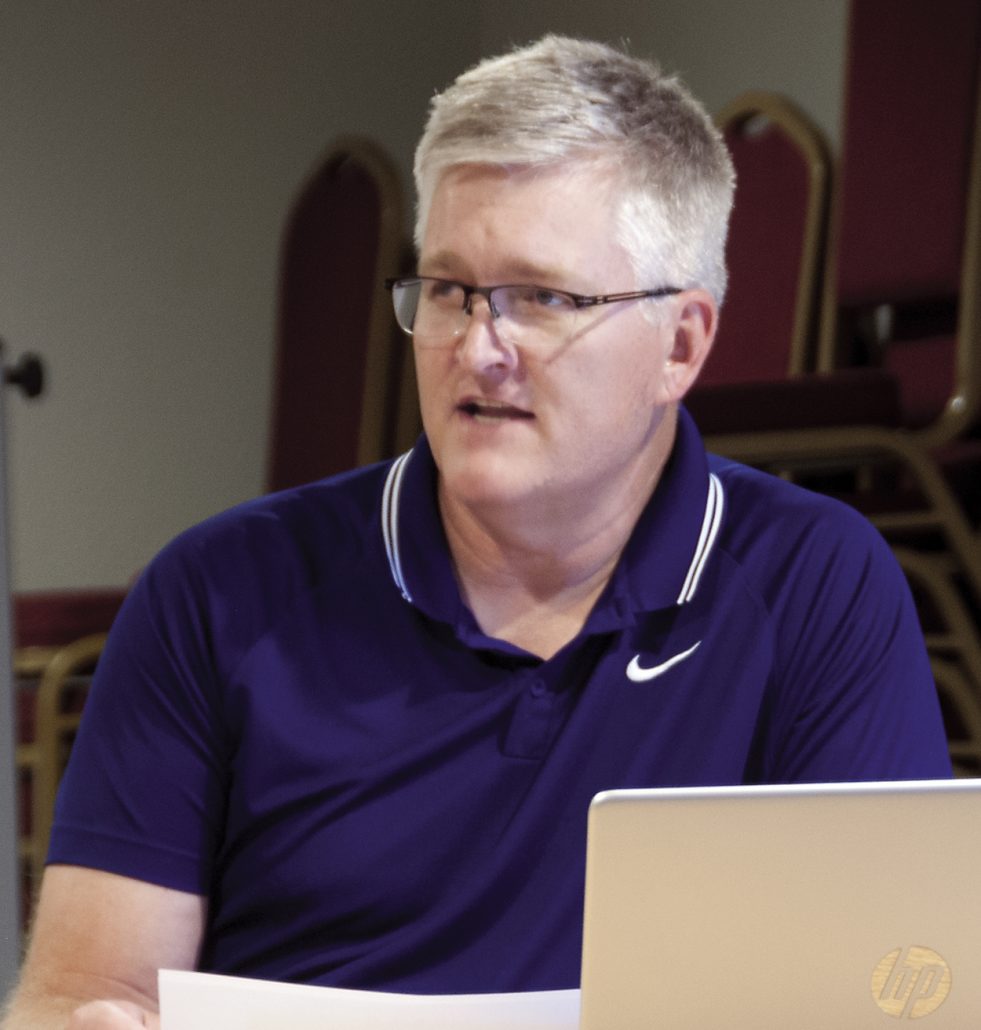
By Per Peterson
While still more than a month away from having to settle on a tax levy for 2022, the Tracy City Council last week directed the city administrator to present a picture for the future that includes a 7% levy increase — more than twice what it was for 2021.
The City’s preliminary budget must be set at the Sept. 27 council meeting, at the latest. Since the levy number can be decreased but not increased, the City last Wednesday decided to start with a scenario that included a 7% tax levy and what that would entail. That’s because, according to a presentation at last Wednesday’s work session, that would be the only way to afford Capital Improvement Projects in Tracy.
Council members last week were charged with prioritizing needs in the City, this after department heads had done the same.
“I would like you to prioritize the projects first, before you figure out how much money we have, because I want you to think about what’s important to you, as opposed to how much money we are going to have,” Tracy City Administrator Erik Hansen told the council at last week’s meeting.
Last week’s exercise was meant to answer three questions: what capital projects the council would like to see prioritized, what tax levy does it want to set, and how much of the fund balance does it want to dedicate to potential capital projects.
“A lot of our capital projects are going to have to be spent with money that we already have in savings, whether it be the sewer fund, or from our current capital fund,” said Hansen.
The goal of last week’s meeting was to adopt an affordable, five-year capital improvement plan, as opposed to just a wish list, said Hansen.
In responding to a request for needed projects, City staff, along with Hansen, came back with $2.8 million worth of projects from 2022-26; its Top 10 priorities amounted to $1.1 million. Hansen said in order to afford the $2.8 million, a tax levy of about 13% would be needed each year for the next five years.
See this week’s Headlight Herald for more on this article.
